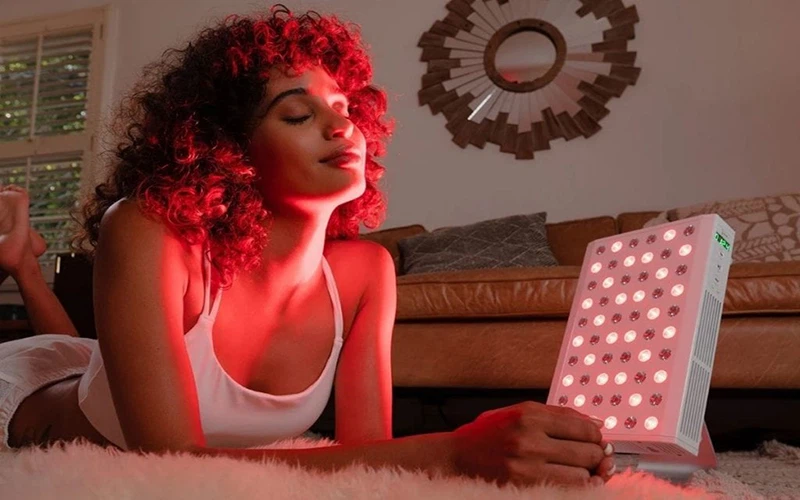Introduction
In the realm of innovative health treatments, Red LightTherapy (RLT) has emerged as a captivating contender. With its roots in low-level laser therapy and photobiomodulation, RLT utilizes red or near-infrared light to stimulate cellular activity in the body. This article delves into the intricacies of RLT, examining its mechanisms, potential applications, and the evolving landscape of scientific research.
Understanding Red Light Therapy
Often referred to as low-level laser therapy (LLLT) or photobiomodulation (PBM), Red Light Therapy harnesses the power of red light to penetrate the skin and interact with cellular structures. Unlike ultraviolet (UV) light used in tanning booths, RLT employs low levels of heat that are gentle and non-damaging to the skin.
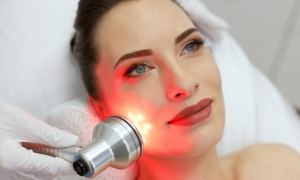
How Does Red Light Therapy Work?
The core principle behind RLT lies in the interaction between red or near-infrared light and cellular components, specifically the mitochondria – often considered the “powerhouses” of cells. When exposed to red light, these cellular power generators absorb the light, leading to increased energy production. This surge in energy is believed to stimulate cellular repair mechanisms, fostering healing in skin and muscle tissues.
Potential Applications of Red Light Therapy
While research on RLT is still in its infancy, preliminary studies hint at its potential effectiveness in various health realms:
1. Dementia: A Glimpse into Cognitive Benefits
In a small-scale study, individuals with dementia underwent regular near-infrared light therapy for 12 weeks. The results showed improvements in memory, sleep quality, and a reduction in anger levels, showcasing the potential cognitive benefits of RLT.
2. Dental Pain: Alleviating Discomfort in TMD
For those suffering from temporomandibular dysfunction syndrome (TMD), a study demonstrated that red light therapy could lead to a reduction in pain, clicking, and jaw tenderness. This points towards the possibility of RLT as a non-invasive approach to managing dental pain.
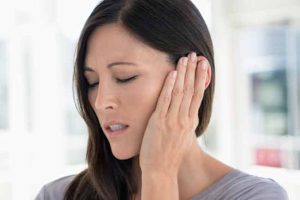
3. Hair Loss: Nurturing Hair Growth
In cases of androgenetic alopecia, individuals using at-home RLT devices for 24 weeks experienced the growth of thicker hair. Notably, those using a placebo device did not observe similar results, suggesting a potential role for RLT in addressing hair loss.
4. Osteoarthritis: Easing Joint Pain
A study exploring the impact of red and infrared light therapy on osteoarthritis-related pain found a significant reduction of over 50%. This indicates a promising avenue for RLT in managing joint pain associated with this common condition.
5. Tendinitis: Diminishing Inflammation and Pain
In a small study involving seven participants with Achilles tendinitis, red light therapy exhibited potential in lessening inflammation and alleviating pain. While more extensive research is needed, these initial findings hint at RLT as a potential adjunctive therapy for tendinitis.
6. Skin Aging and Damage: A Ray of Hope for Skin Health
Research has shown that RLT may contribute to smoother skin, reduced wrinkles, and improved healing of skin conditions such as acne scars, burns, and signs of UV sun damage. The potential applications in dermatology make RLT a subject of growing interest.
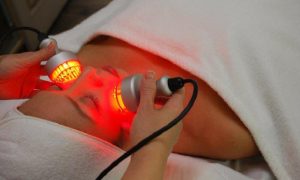
Navigating the Light Spectrum
Despite its promising potential, the safety of Red Light Therapy raises valid concerns. The lack of standardized guidelines regarding optimal dosage and exposure duration poses challenges. While RLT is generally considered safe, excessive exposure may pose risks, potentially damaging skin tissue. Striking the right balance is crucial to maximize benefits while minimizing potential harm.
From Clinics to Your Home
Red Light Therapy is commonly administered in medical settings, including doctor’s offices, clinics, and even dental offices. However, with the growing popularity of at-home wellness devices, individuals can also acquire their own RLT devices. It is important to note that while the accessibility of at-home treatments offers convenience, it may also elevate the risk of side effects or improper use. Seeking guidance from a healthcare professional before embarking on a personal RLT journey is advisable.
The Future of Red Light Therapy
As interest in Red Light Therapy continues to burgeon, researchers are delving deeper into its mechanisms and potential applications. The scientific community is actively exploring the comparative effectiveness of RLT against traditional treatments, seeking to establish its role in mainstream healthcare. treatment for other health problems
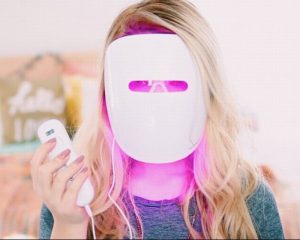
Conclusion
In conclusion, Red Light Therapy stands at the intersection of cutting-edge technology and holistic well-being. While its potential applications are promising, further research is imperative to solidify its efficacy and safety. As individuals consider integrating RLT into their wellness routines, collaboration with healthcare professionals becomes paramount, ensuring an informed and balanced approach to harnessing the healing power of light.

